Article
by Ephraim O Nwoye,
Abdulgafaar A Muslehat,
Charles Umeh,
Samuel O Okodeh,
Wai Lok Woo,
11 April 2024
According to WHO, about 1.86 million people in Nigeria and about 24 million people worldwide are living with schizophrenia, having symptoms varying from hallucination to delusion, and distorted speech and thinking. Schizophrenia is a life-long disorder with no cure and thus, patients need continuous management with medications and psychotherapy. However, due to various factors such as the cost of therapy, time consumption, lack of adequate health workers, the unwillingness of patients to engage, and the pandemic, there is a need for an effective alternate medium for providing cognitive behavioural therapy (CBT) to schizophrenia patients. This research aims to develop a chatbot, which is called SchizoBot, delivering CBT for augmented management of schizophrenia. CBT for schizophrenia details, along with FAQs of schizophrenia patients were collected and adopted into a conversational format for pre-processing and model development. The model was developed with artificial neural network (ANN) and trained with the dataset which was split into train-test data to optimize the performance of the model. The result of the ANN showed an accuracy score of 93.97% at 60:40 train-test data split with 200 epochs. This robust system which provides an optimized chatbot platform using ANN as the model classifier for CBT delivery is foreseen to be a windfall to clinicians and patients as an augmentative management tool for schizophrenia. This, therefore, is a relatively low-cost and easily accessible means to significantly improve the health of schizophrenia patients while assisting clinicians in therapy delivery and compensating for the lapses in the administration of CBT to schizophrenia patients.
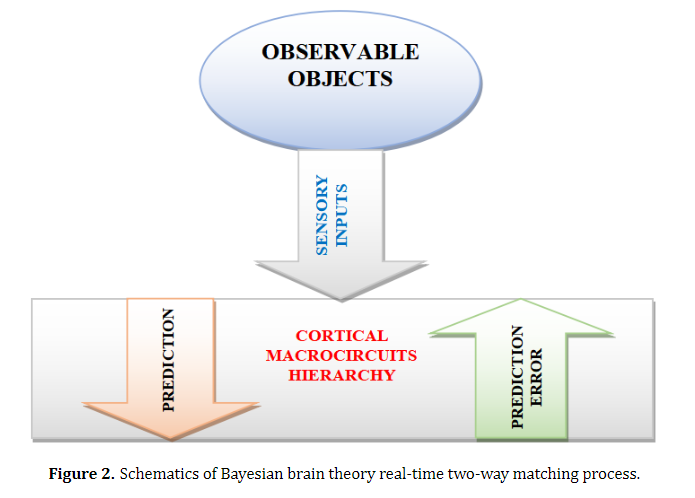
 54 (Views)
54 (Views)  31 (Downloads)
31 (Downloads) 
 54 (Views)
54 (Views)  31 (Downloads)
31 (Downloads) 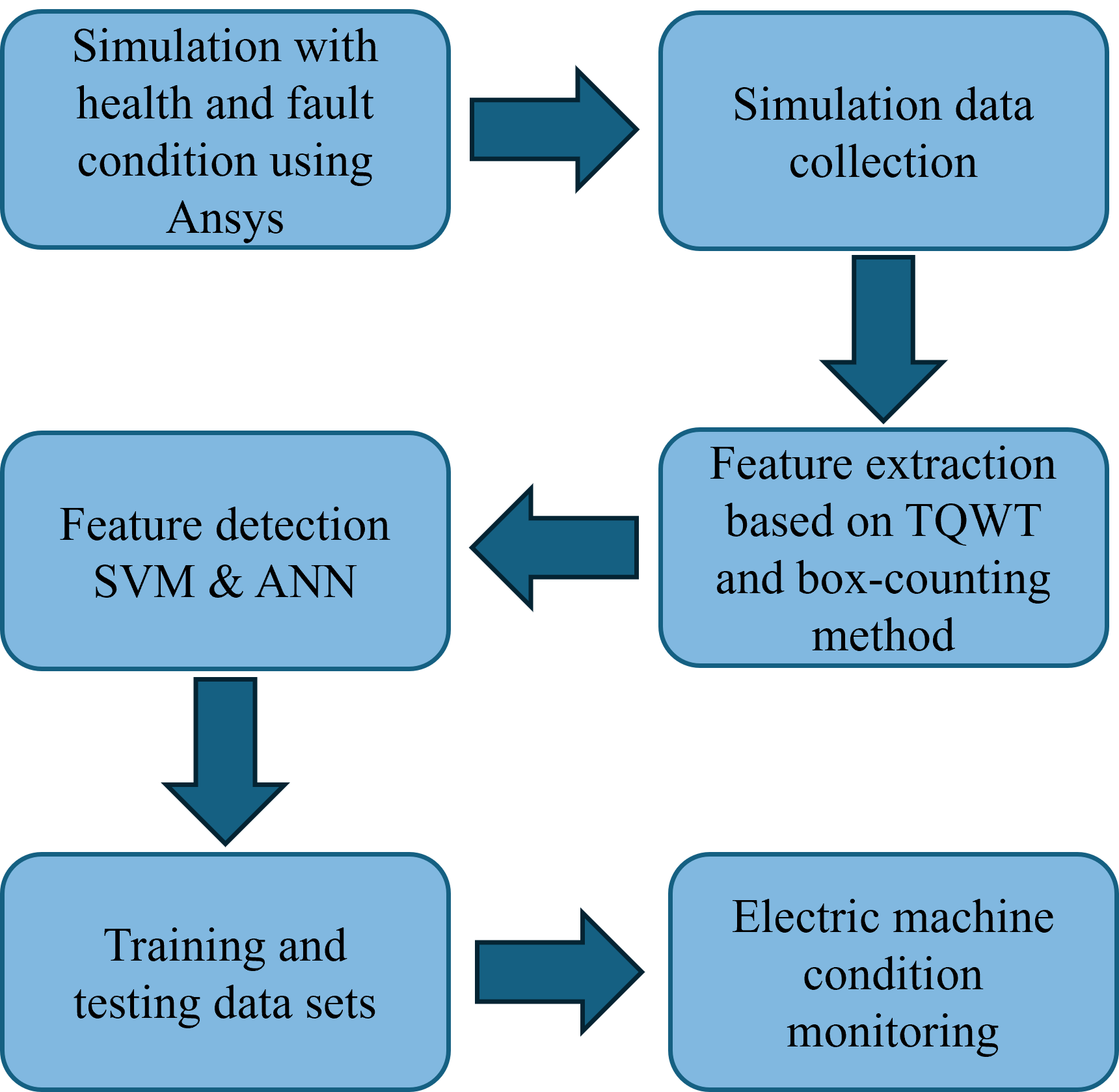
 83 (Views)
83 (Views)  36 (Downloads)
36 (Downloads) 
 248 (Views)
248 (Views)  71 (Downloads)
71 (Downloads) 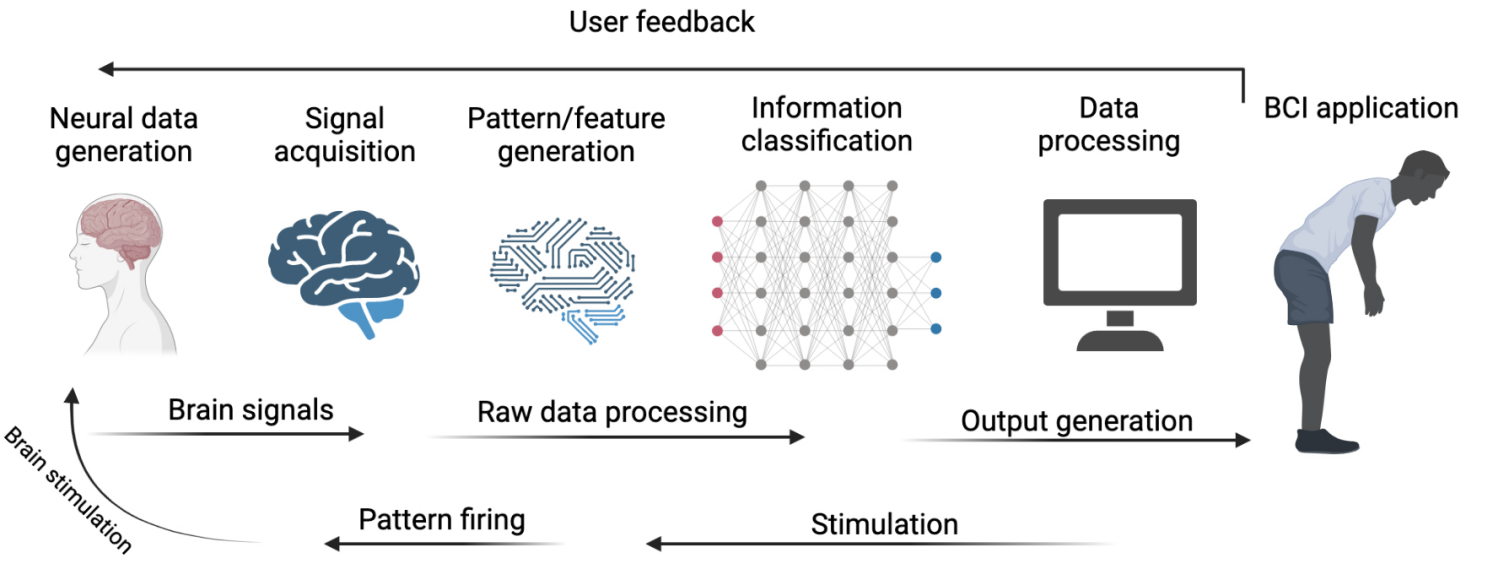
 341 (Views)
341 (Views)  194 (Downloads)
194 (Downloads) 
 260 (Views)
260 (Views)  112 (Downloads)
112 (Downloads) 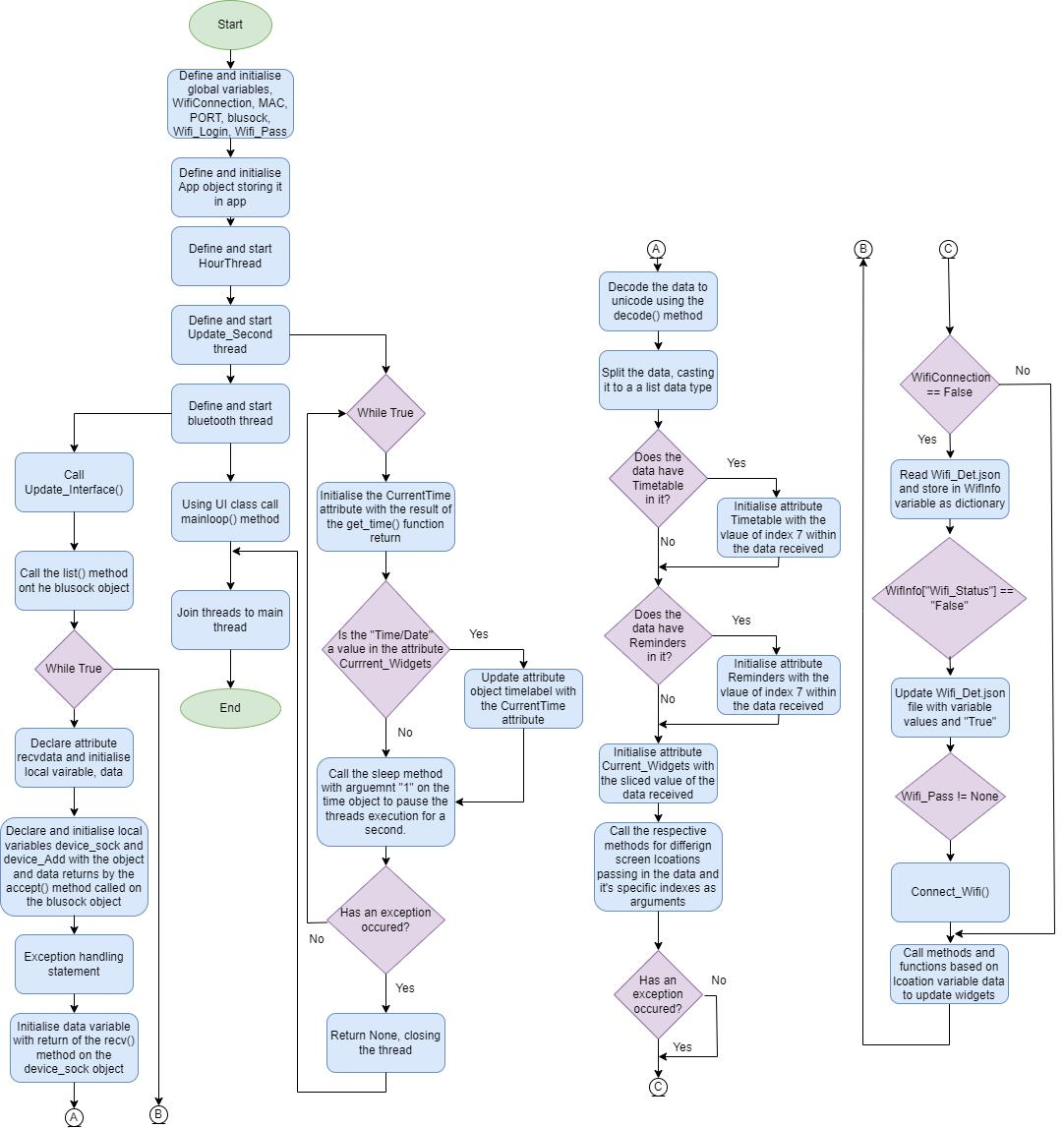
 167 (Views)
167 (Views)  96 (Downloads)
96 (Downloads) 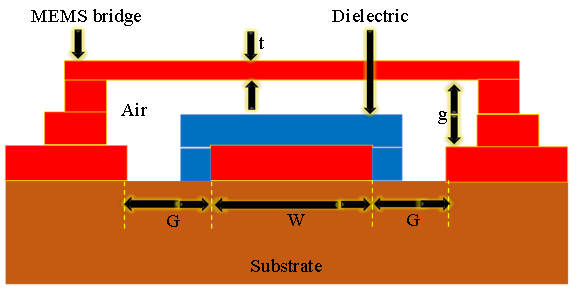
 219 (Views)
219 (Views)  110 (Downloads)
110 (Downloads) 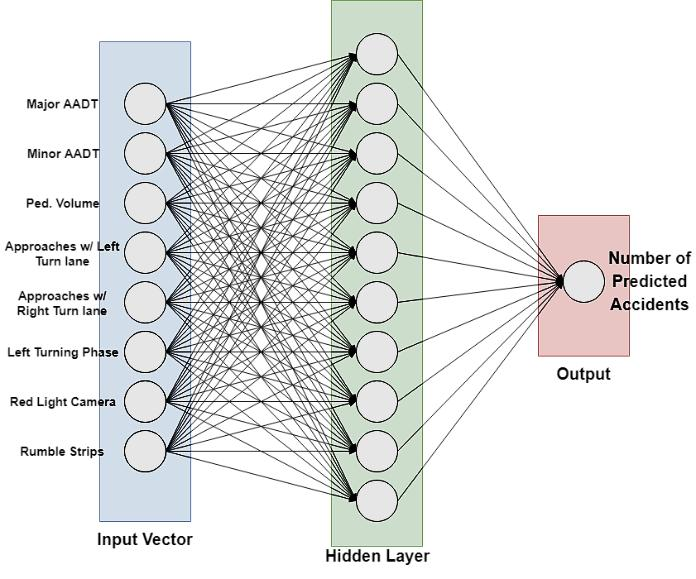
 119 (Views)
119 (Views)  63 (Downloads)
63 (Downloads) 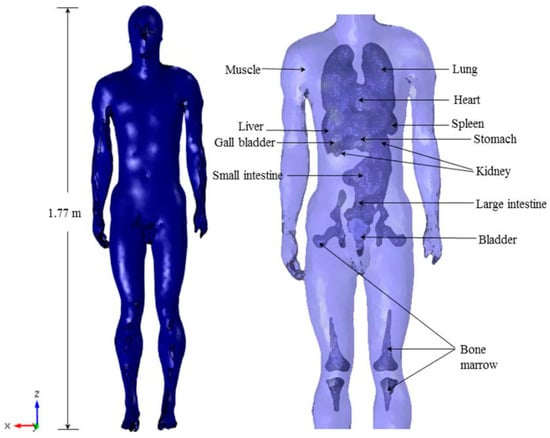
 185 (Views)
185 (Views)  122 (Downloads)
122 (Downloads)  350 (Views)
350 (Views)  142 (Downloads)
142 (Downloads)